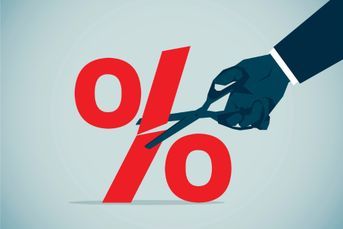Flag pattern says gold is about to flag
Gold prices, down 14% since touching a record last month, are poised for more losses, according to technical analysis by Steel Vine Investments LLC
Gold prices, down 14% since touching a record last month, are poised for more losses, according to technical analysis by Steel Vine Investments LLC.
Bullion’s advance from the Sept. 26 low of $1,535 an ounce to a high of $1,696.80 last Monday created a so-called bear flag pattern, in which price movements resemble an inverted flag, according to Spencer Patton, chief investment officer for Steel Vine.
The metal’s plunge from a record $1,923.70 on Sept. 6 to the low on Sept. 26 created the so-called flagpole.
Losses last week signaled the end of the pattern and a resuming price decline, Mr. Patton said.
Gold may drop to $1,550 by the first week of November, he said.
“The market has decisively broken out of this pattern,” Mr. Patton said last week. “Gold looks weak in the near term.”
Last Wednesday, gold futures for December delivery fell 0.4% to settle at $1,647 on the Comex. The precious metal slumped 2.1% during the first three days of last week, after retreating 11% in September, the most since October 2008.
The bear flag pattern is signaled after a break occurs below a rising trading range.
In technical analysis, investors and analysts study charts of trading patterns and prices to predict changes in a security, commodity, currency or index.
Learn more about reprints and licensing for this article.








